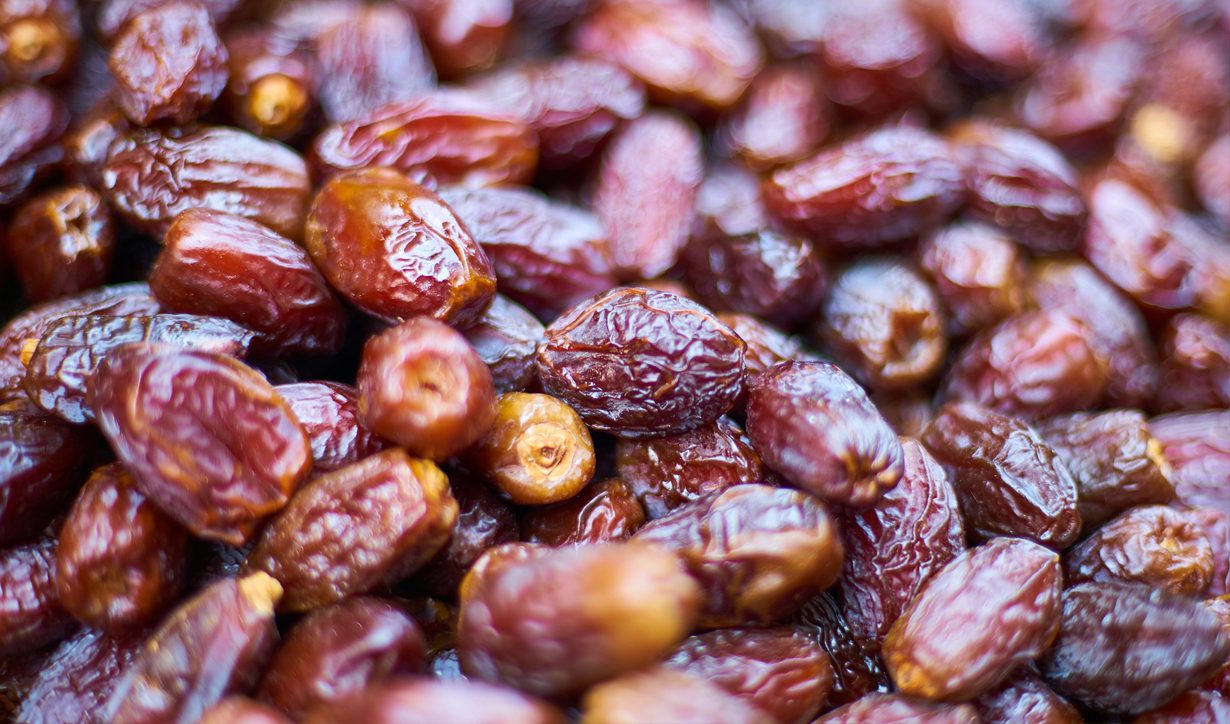
Ramadan Unveiled: A Simple Guide to Understanding the Holy Month
Published:
27/03/2024
Ramadan, the ninth month of the Islamic lunar calendar, holds immense significance for Muslims worldwide. It’s a sacred time of reflection, spiritual growth, and community. Let’s unravel the essence of Ramadan and its cherished rituals in a simple and engaging manner.
The Month of Fasting:
Imagine a month where sunrise signals the start of a unique journey. During Ramadan, Muslims around the world observe fasting from dawn to sunset. This practice, known as “Sawm,” involves abstaining from food, drink, and other physical needs. Fasting serves as a reminder of self-discipline, empathy for the less fortunate, and a deepened connection with one’s faith.
Suhoor and Iftar:
In the early hours before dawn, Muslims partake in a pre-fast meal called “Suhoor.” It’s like a hearty breakfast, filling enough to sustain them throughout the day. The fast is broken at sunset with a meal known as “Iftar.” Families and communities gather to share this special moment, often starting with dates and water followed by a variety of dishes.
Breaking the Fast with Dates and Water:
Picture a scene where, as the sun dips below the horizon, families and friends come together to break their fast. Traditionally, this moment is initiated with the eating of dates and sipping of water, following the tradition of Prophet Muhammad. It’s a simple yet profound act that symbolizes gratitude and unity.
Tarawih Prayers:
As the night falls, Muslims engage in additional prayers called “Tarawih.” These nightly prayers, performed in congregation, offer a chance for spiritual reflection and community bonding. It’s a serene and uplifting experience, fostering a sense of tranquility and closeness to God.
Laylat al-Qadr – The Night of Power:
Imagine a night more powerful than a thousand months. Laylat al-Qadr, or the Night of Power, is believed to occur during the last ten nights of Ramadan. Muslims seek this special night for increased prayers, reflection, and supplication. It’s a time when the Quran was first revealed to Prophet Muhammad.
Acts of Charity:
In Ramadan, the spirit of giving is magnified. Muslims engage in acts of charity, known as “Zakat” and “Sadaqah.” Zakat is a mandatory form of almsgiving, while Sadaqah is voluntary charity. These acts help those in need, fostering a sense of compassion and communal responsibility.
The Closing Celebration:
Eid al-Fitr:
After a month of fasting and self-reflection, Ramadan concludes with a joyous celebration known as Eid al-Fitr, or the Festival of Breaking the Fast. Families come together, feasts are shared, and acts of kindness abound. It’s a time of joy, gratitude, and renewal of community bonds.
Lebanese, North African, and Middle Eastern culinary traditions are rich and diverse, reflecting the region’s history, geography, and cultural influences. Here are some interesting culinary traditions from these areas:
Lebanese Culinary Traditions:
Mezze Culture:
Lebanese meals often begin with a spread of mezze, featuring small dishes like hummus, baba ganoush, tabbouleh, and falafel. It’s a communal way of dining and encourages sharing.
Manousheh Breakfast:
A popular Lebanese breakfast item is Manousheh, a flatbread often topped with za’atar (a blend of herbs and spices), cheese, or minced meat. It’s a beloved street food.
Stuffed Vegetables:
Lebanese cuisine is known for its stuffed vegetables, such as grape leaves filled with rice and herbs (warak enab) or zucchini stuffed with ground meat and rice (kousa mahshi).
Kibbeh Varieties:
Kibbeh, a dish made with minced meat (usually lamb or beef) and bulgur wheat, comes in various forms. Fried kibbeh balls (kibbeh kras), baked kibbeh (kibbeh bi saniyeh), and raw kibbeh (kibbeh nayyeh) are popular.
North African Culinary Traditions:
Tagine Cooking:
Tagine, a slow-cooked stew, is a cornerstone of North African cuisine. It’s named after the earthenware pot in which it’s cooked and can feature a variety of ingredients like lamb, chicken, or vegetables.
Couscous Mastery:
Couscous is a staple in North African cuisine, often served as a base for stews or as a side dish. The preparation involves steaming tiny granules of crushed wheat, and it’s an art passed down through generations.
Harissa Heat:
Harissa, a fiery chili paste, is a common condiment in North African cuisine, adding depth and spice to dishes. It typically includes ingredients like chili peppers, garlic, and various spices.
Mint Tea Tradition:
Mint tea, often sweetened generously with sugar, is a traditional beverage in North Africa. The tea is poured from a height to create a frothy top and is a symbol of hospitality.
Middle Eastern Culinary Traditions:
Majestic Rice Dishes:
Middle Eastern cuisine features a variety of rice dishes, such as pilaf, biryani, and maqluba. These dishes often incorporate aromatic spices, nuts, and dried fruits.
Shawarma and Kebabs:
The art of grilling and marinating meats is evident in dishes like shawarma and kebabs. Meat is often seasoned with a blend of spices, yogurt, and herbs before being grilled to perfection.
Saffron Elegance:
Saffron, one of the world’s most expensive spices, is frequently used in Middle Eastern cuisine. It adds a distinct flavor and vibrant color to dishes like rice, stews, and desserts.
Baklava Bliss:
Baklava, a sweet pastry made of layers of phyllo dough, nuts, and honey or syrup, is a beloved Middle Eastern dessert. Its preparation requires precision, and regional variations abound.
These culinary traditions showcase the diversity and complexity of Lebanese, North African, and Middle Eastern cuisines, each offering a unique and delicious experience for food enthusiasts.


